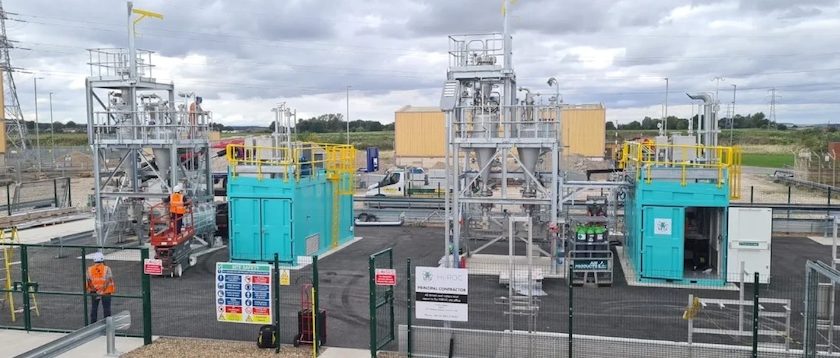The U.S. Geological Survey reported its final 2010 domestic cement statistics, confirming the historically weak consumption levels in Portland Cement Association forecasts. Last year saw about 61 million tons of portland cement and 1.8 million tons of masonry cement produced at 102 plants in 36 states, plus two plants in Puerto Rico. Overall production was the lowest since 1982 and reflected continued plant closures or indefinite shutdowns.
Although the rate of cement consumption decline abated significantly compared to 2009 (see “Cement Totals” sidebar at left), 2010 sales volumes were the lowest in 28 years and nearly 59 million tons, or 45%, below 2005’s record level. The overall value of shipments was about $6.5 billion, with 73% of cement sales to ready mixed and 12% to precast concrete producers; 10% to highway and other contractors, and the remainder to building materials dealers and other users. In descending order, Texas, California, Missouri, Pennsylvania, Alabama, and Michigan were the leading cement-producing states and accounted for about 50% of U.S. production.
Holcim Canada commercializes 15% ground-limestone
On the heels of Canadian Standards Association approval and National Building Code of Canada reference, a new class of portland-limestone cement (PLC) has been recognized in Ontario and Quebec building codes as an alternative to ASTM C150-equivalent or CSA General Use powder.
Holcim Canada’s Mississauga, Ontario, flagship and Joliette, Quebec, plants have been supplying PLC—milled with up to 15% ground limestone, versus a prior 5% limit—to ready mixed and precast producers in both provinces for trial production. Production of the new cement is expected to reduce the plants’ annual carbon dioxide emissions by 130,000 tonnes. PLC exhibits strength development performance comparable to GU cement, Holcim Canada notes, and can be used with supplementary binders at volumes to which concrete practitioners have become accustomed.
Ontario Building Code referencing of PLC, notes Holcim Canada CEO Paul Ostrander, “enables us to provide [customers] more sustainable construction solutions. PLC produces a concrete as strong and durable as that made with regular General Use cement.” Production generates significantly lower greenhouse gas emissions and up to 10% fewer CO2 emissions against GU cement milling, he adds, noting that Holcim Canada will pursue PLC recognition in the LEED building rating system.
The Ministry of Transportation of Ontario effected PLC mix trials on Central Region contracts last year: a cast-in-place barrier wall section along a major highway stretch in Burlington and a slipformed pavement in Mississauga on a Highway 401 exit lane. The trials represented the first field applications of the new cement in structural and pavement applications by a Canadian agency.
Cemex, Venezuela negotiate to resolve nationalization conflict
On February 6, Paris-based Lafarge SA resumed production of the building material in Egypt, after a halt caused by the uprising against President Hosni Mubarak’s rule intensified and crippled distribution activities in the nation. “Production is progressively resuming,” Christel des Royeries, a Lafarge spokeswoman, who added that the company has reopened its nationwide sales offices to fulfill the accumulated demand for cement in the market. Lafarge Cement Egypt generated US$943 million of revenue for the company in 2009, equal to 4.4% of total group sales. In Egypt, Lafarge employs more than 2,200 employee and operates the biggest cement plant in Middle East, with a 10 million-tpy production capacity.
Lafarge progressively resuming cement output in Egypt
On February 6, Paris-based Lafarge SA resumed production of the building material in Egypt, after a halt caused by the uprising against President Hosni Mubarak’s rule intensified and crippled distribution activities in the nation. “Production is progressively resuming,” Christel des Royeries, a Lafarge spokeswoman, who added that the company has reopened its nationwide sales offices to fulfill the accumulated demand for cement in the market. Lafarge Cement Egypt generated US$943 million of revenue for the company in 2009, equal to 4.4% of total group sales. In Egypt, Lafarge employs more than 2,200 employee and operates the biggest cement plant in Middle East, with a 10 million-tpy production capacity.


